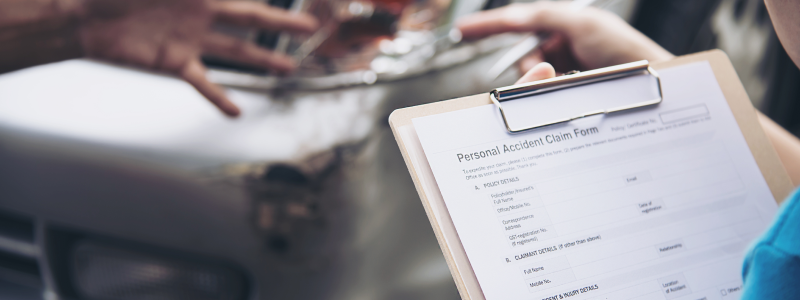Office Address
Ist Floor, 38 N, Shree Balaji Tower Hisar
Phone Number
+91 98965-80000
Ist Floor, 38 N, Shree Balaji Tower Hisar
+91 98965-80000

Vehicle insurance, also known as auto insurance or car insurance, is a contract between an individual and an insurance company where the individual pays a premium in exchange for financial protection against losses incurred due to traffic accidents, theft, or other damages to their vehicle.
Here are some key points about vehicle insurance:
Coverage Types: Vehicle insurance typically offers different types of coverage, including.
Liability Coverage: Covers costs associated with bodily injury or property damage to others in an accident where you are at fault.
Collision Coverage: Covers damages to your vehicle resulting from a collision with another vehicle or object.
Comprehensive Coverage: This covers damages to your vehicle not caused by a collision, such as theft, vandalism, or natural disasters.
Uninsured/Underinsured Motorist Coverage: Protects you if you're involved in an accident with a driver who doesn't have insurance or enough insurance to cover your damages.
Personal Injury Protection (PIP): Covers medical expenses and lost wages for you and your passengers regardless of fault.
Premiums: The amount you pay for insurance coverage is called a premium. Premiums can vary based on factors such as your age, driving record, location, type of vehicle, coverage options, and deductible amount.
Deductibles: A deductible is the amount you must pay out of pocket before your insurance coverage kicks in. Choosing a higher deductible can lower your premium but means you'll pay more in the event of a claim.
Policy Limits: Insurance policies have coverage limits, which is the maximum amount the insurance company will pay for a covered claim. It's essential to understand these limits to ensure you have adequate coverage.
Legal Requirements: Most jurisdictions require drivers to have a minimum amount of liability insurance to legally operate a vehicle on public roads. The required minimum coverage varies by location.
Optional Coverage: In addition to the basic coverages, insurance companies may offer optional add-ons or endorsements for additional protection, such as roadside assistance, rental car reimbursement, or gap insurance.
Claims Process: If you're involved in an accident or experience damage to your vehicle, you'll need to file a claim with your insurance company. The claims process typically involves providing documentation of the incident, such as police reports or photographs, and working with an adjuster to assess damages and determine coverage.
It's crucial to review your insurance policy regularly to ensure you have adequate coverage for your needs and to compare rates from different insurers to find the best value. Additionally, safe driving habits can help you qualify for discounts and lower premiums over time.